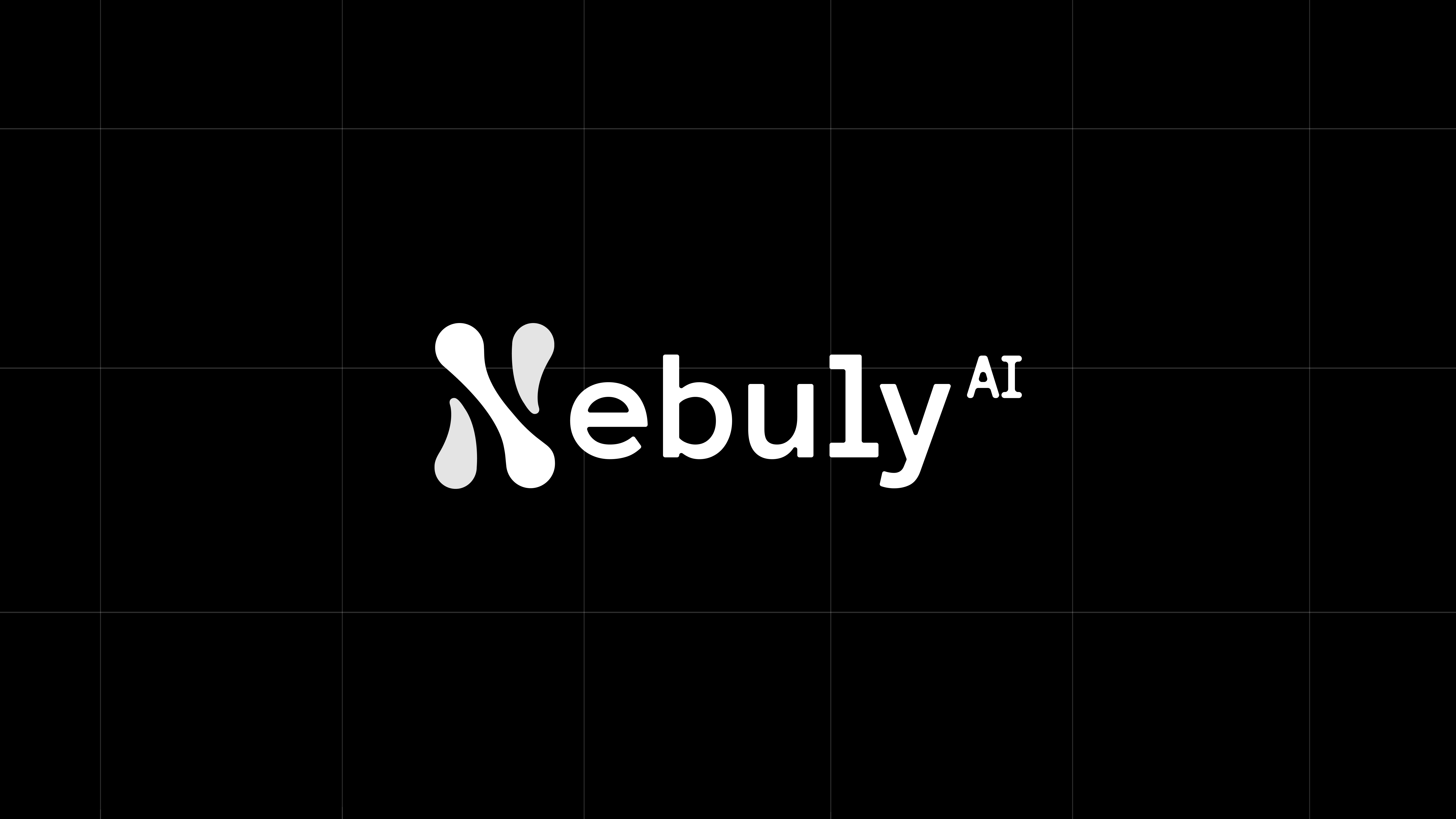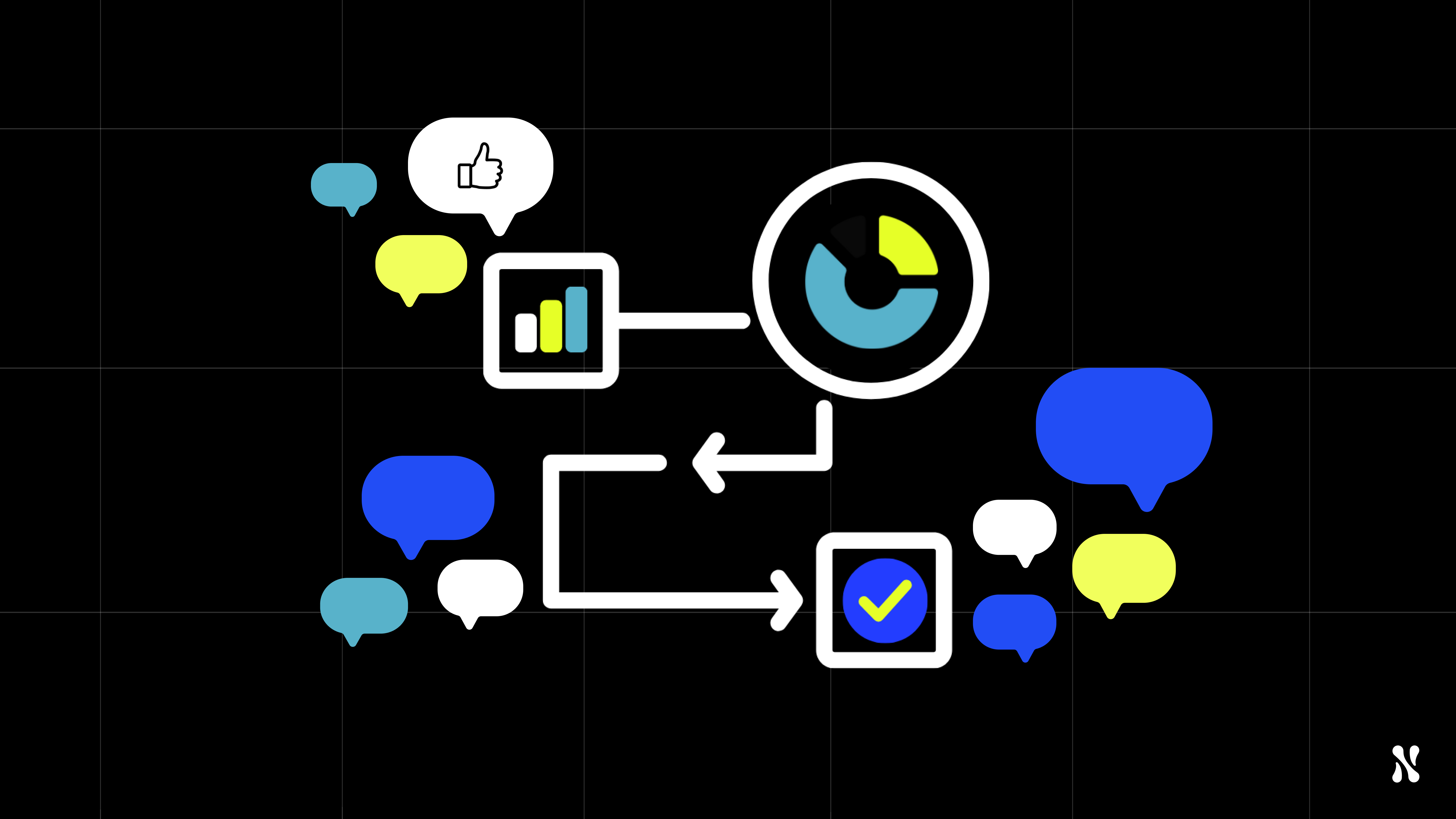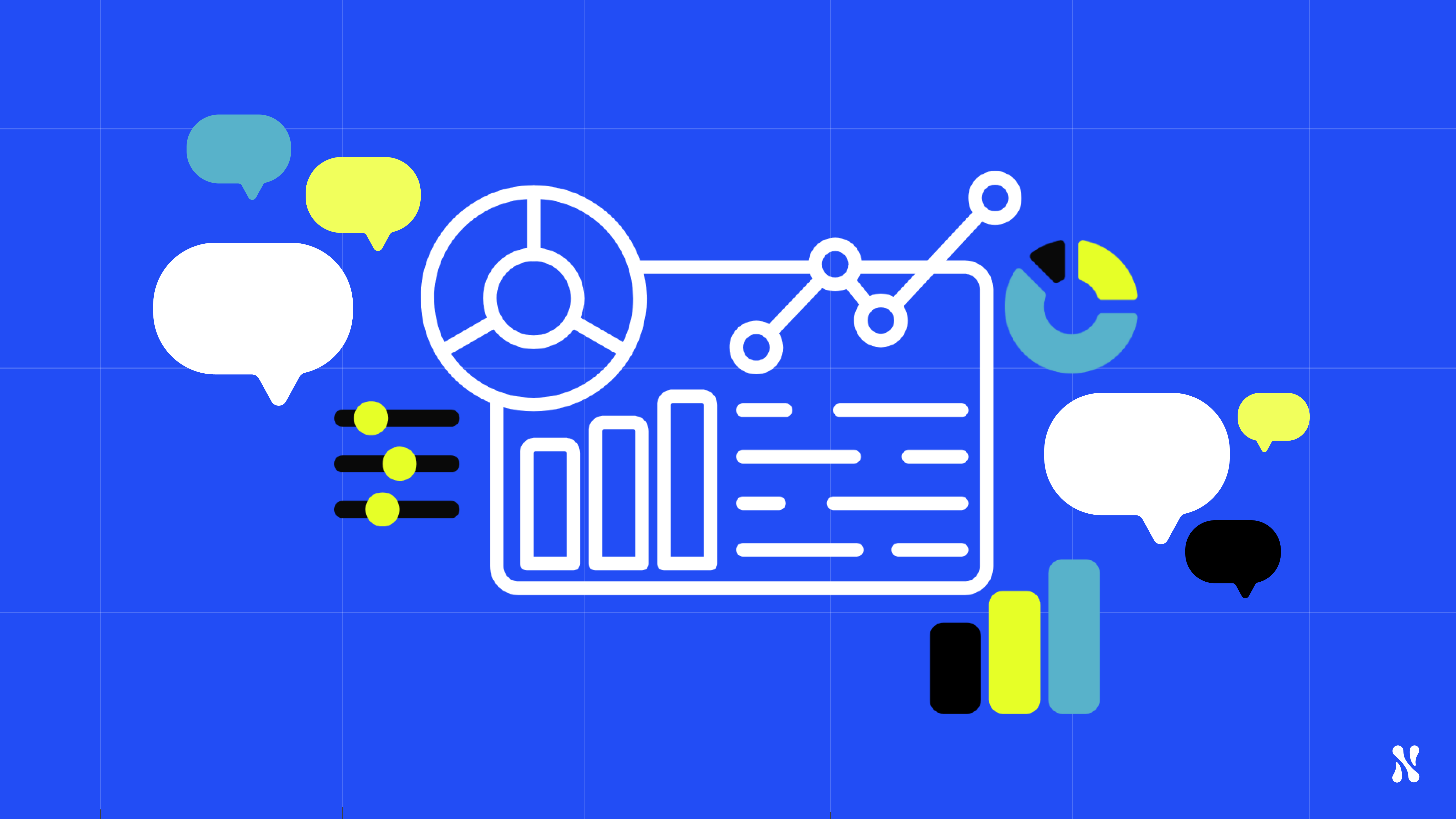In tech, two terms have recently risen to seemingly every major headline: Large Language Models (LLMs) and Data Analytics. Understanding the intersection of these fields, known as LLM Analytics, can be valuable to understand the opportunities in businesses, research, and technology in general. This blog post will explore the basics of LLMs and Data Analytics, and then delve into two distinct perspectives on LLM Analytics.
What are LLMs?
Large Language Models (LLMs) are a subset of artificial intelligence (AI) that focus on understanding, generating, and manipulating human language. These models, like GPT-4, are trained on vast amounts of text data and can perform a range of tasks, including translation, summarization, question-answering, and more. LLMs leverage deep learning techniques, particularly neural networks, to comprehend context, infer meaning, and produce coherent and contextually relevant text.
What is Data Analytics?
Data Analytics is the process of examining datasets to draw conclusions about the information they contain. It involves various techniques and tools to transform raw data into meaningful insights. Data analytics can be descriptive, diagnostic, predictive, or prescriptive, helping organizations make informed decisions by uncovering patterns, correlations, and trends.
Two Perspectives on LLM Analytics
1. Using LLMs for Data Analysis
Leveraging LLMs for data analysis introduces a transformative approach compared to traditional methods. Traditional data analysis often requires extensive data preprocessing, structured query languages, and predefined algorithms to extract insights. LLMs, however, can process unstructured data, understand context, and generate human-like interpretations, significantly enhancing the analysis process.
Solving Traditional Challenges:
- Contextual Understanding: LLMs can comprehend context within large datasets, making it easier to identify trends and patterns that traditional methods might miss.
- Natural Language Processing (NLP): They can process natural language inputs, allowing for more intuitive querying and interpretation of data. Instead of SQL users can do extensive data analysis by simply describing what type of insights they’d like to get from a dataset.
- Automation: LLMs can automate repetitive tasks in data analysis, such as summarizing reports or generating insights, saving time and reducing errors.
Types of Data Analysis LLMs Excel In:
- Text Analysis: LLMs are particularly adept at analyzing textual data, such as customer reviews, social media interactions, and support tickets.
- Sentiment Analysis: They can gauge public sentiment by analyzing social media posts, reviews, and other text sources, providing valuable insights for marketing and customer service.
- Predictive Analysis: LLMs can predict trends based on historical data, offering foresight into market movements, customer behavior, and more.
Examples:
- Customer Feedback: Analyzing large volumes of customer feedback to identify common complaints and suggestions for product improvement.
- Market Research: Summarizing vast amounts of market research data to highlight key trends and consumer preferences.
- Financial Reports: Automating the analysis of financial reports to provide quick summaries and actionable insights for stakeholders.
2. Analyzing LLM Performance and Usage
The second perspective on LLM Analytics involves examining LLM performance and understanding LLM user behaviour. This analysis helps you monitor key LLM metrics and insights, leading to better model development and LLM user experience.
Key Metrics and Insights:
- Interaction Trends: Understanding how users interact with LLMs can reveal common usage patterns and popular topics.
- Performance Metrics: Analyzing response times, accuracy, and relevance of LLM outputs helps in fine-tuning the models.
- User Feedback: Collecting and analyzing user feedback can identify areas for improvement, such as recurring issues or common misunderstandings.
Examples:
- Usage Patterns: Identifying which queries are most common can help in optimizing the model to handle frequently asked questions more efficiently.
- Response Analysis: Examining the quality of LLM responses to ensure they meet user expectations and provide valuable information.
- Error Tracking: Monitoring and analyzing instances of poor responses can guide model improvements and reduce error rates.
How Nebuly Enhances LLM Analytics
Nebuly offers a cutting-edge platform for analyzing LLM interactions and performance. By providing comprehensive insights into LLM usage, Nebuly helps businesses and developers optimize their models and enhance user satisfaction.
Features of Nebuly:
- Interaction Trends: Nebuly tracks conversation trends, identifying the most common topics and queries users engage with.
- Performance Analysis: The platform highlights poor LLM responses, offering insights into areas that need refinement.
- User Feedback Integration: Nebuly collects and analyzes user feedback, presenting it in an intuitive dashboard to guide continuous improvement.
- Comprehensive Analytics: Nebuly’s platform provides a holistic view of LLM performance, from interaction metrics to detailed response analysis.
Conclusion
LLM Analytics represents a powerful fusion of AI and data analytics, offering transformative capabilities for businesses and researchers. Whether using LLMs to enhance data analysis or analyzing LLM performance, the insights gained can drive significant improvements in decision-making and user experience. With platforms like Nebuly making the benefits more accessible, the future of LLM Analytics looks promising, paving the way for more intelligent and responsive AI systems.
Leveraging Nebuly for LLM Analytics
Nebuly helps businesses analyze every user interaction with LLM-based applications. By leveraging Nebuly, companies can gain valuable insights to continuously improve and personalize their LLM experiences, ensuring that every customer touchpoint is optimized for maximum engagement and satisfaction. If you're interested in enhancing your LLM user experience with LLM Analytics, we'd love to chat. Please schedule a meeting with us today HERE.






